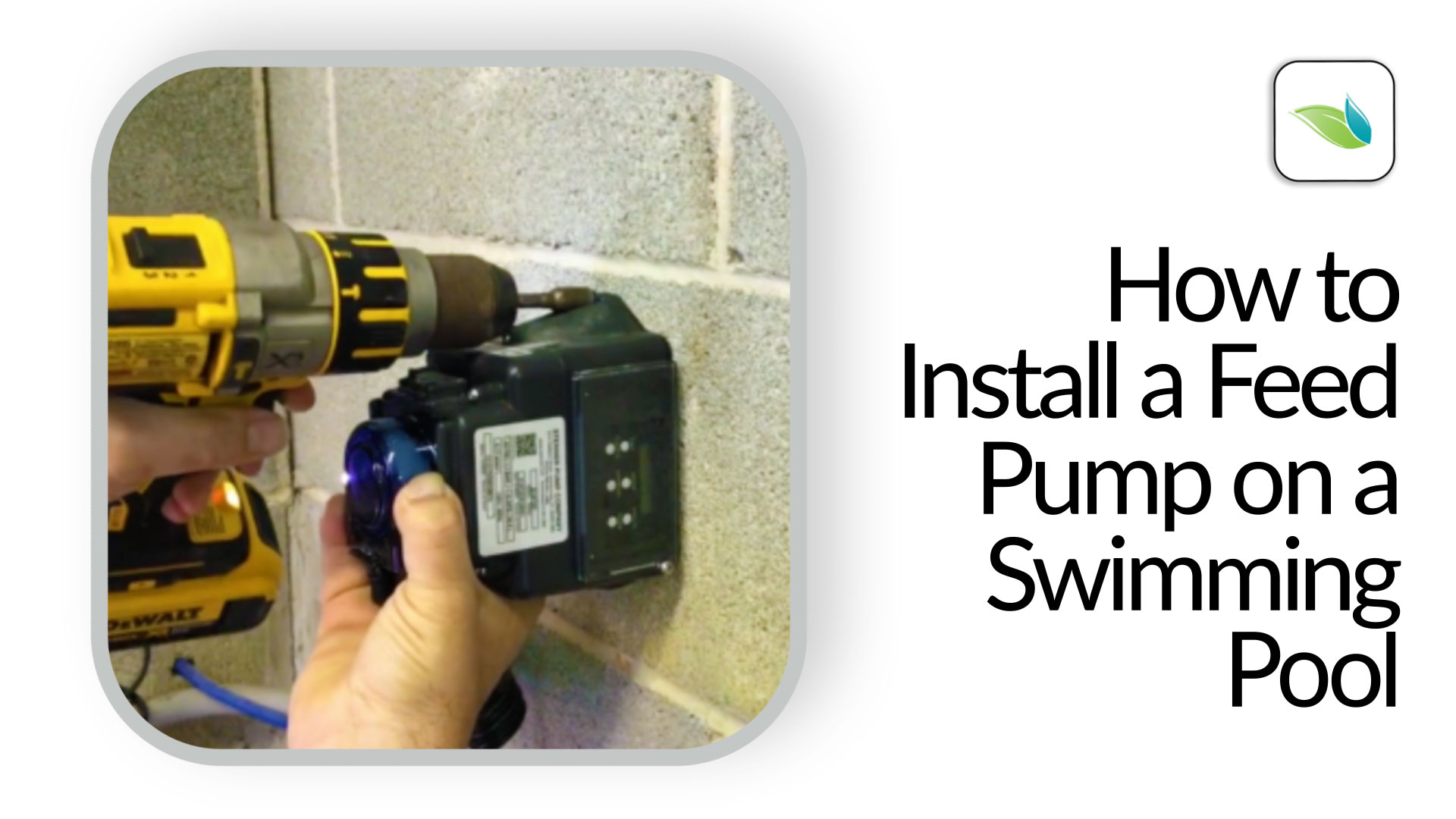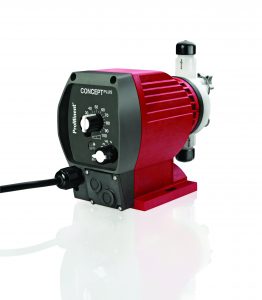How to install a feed pump on a swimming pool

Automating chemical feeds in swimming pools is almost always a good idea. Orenda products are no different. This is a step-by-step guide with a video to walk you through how to install a feed pump on a swimming pool.



Automation is the ideal pool chemical delivery system
This article will detail how to install an automated Orenda enzyme feed pump on a swimming pool. Automatic chemical feeding is the ideal situation for most commercial pools; but it is also ideal for residential pools too.
Regular dosing of Orenda enzymes can dramatically improve water quality and clarity. Enzymes can also help minimize chlorine demand (by boosting chlorine efficiency) and reduce backwash frequency. In other words, quality enzymes are great for busy pools. They work even better when you feed them throughout the week, rather than just once a week.
There are some downsides to enzymes, however. You need an initial dose to create a decent residual in the water, so the enzymes are available throughout the pool system. We at Orenda refer to this initial dose as the ‘purge dose’. For Orenda enzymes CV-600 and CV-700, the purge is one quart (32 fl.oz.) per 10,000 gallons of pool water. This purge dose immediately gets to work against non-living organics throughout the pool, filter, plumbing and surge tank. Anywhere water circulates, enzymes are busy breaking down oils and other nasties. The upside to this is a much cleaner system, obviously. The downside is a period of time of bubbles and/or foaming. It may be unsightly at first, but let the enzymes run their course…they naturally off-gas carbon dioxide as a byproduct of digesting carbon-based non-living organics. Want to see? Here’s a video demonstrating:


Another downside to enzymes is they get used up and need to be replenished. For most pools, weekly dosing is fine, but on commercial pools, the ideal is to set your enzymes up on an automatic feeding system. Pool operators have their own way of doing things, but most of what we have seen have been timed metering pumps like you would otherwise use for acid or liquid chlorine. The same pump can be calibrated for Orenda Enzymes. Here, we’ll show you how to install an Orenda enzyme feed on a swimming pool.
Step 1: Calculate the enzyme dose needed, and select the right feed pump
There are so many feed pumps out there, sometimes it can be difficult to select the right one. You just need to know what your dosage will be, and make sure the feed pump you select is capable of such a small volume of liquid every week. Many feed pumps need to be specially programmed to be able to handle such small doses. Relative to liquid chlorine or acid, we are talking about a tiny amount of enzymes needed for your pool. It ranges between 5-10 fl.oz. per 10,000 gallons, per week.
For math’s sake, let’s say you decide your commercial pool needs seven (7) ounces per 10,000 gallons, per week. That’s just one fluid ounce of enzymes per 10,000 gallons, per day. We installed a feed at a 60,000 gallon swim school, and their dose was just six (6) ounces of enzymes per day. Their feed pump was incapable of going that slow. So make sure you select one that is able to feed such small doses. We recommend a 1/4” feed line; anything larger is overkill. Here are two models that work well for commercial pools:
These two feeders are made to be manually set, independent of a chemical controller. If you want your feed pump controlled by the chemical controller, you will need a different model.
Step 2: Select location
Here are some important things to consider when selecting a location to install an enzyme feed:
- Feed pump needs to be near a power outlet, or have extension chord available.
- There needs to be enough floor space and accessibility to carry enzyme drums in and out. Enzymes come in 5, 15 and 55 gallon drums. These drums can be heavy, so think about operator accessibility before you begin.
- Orenda enzymes can be fed into almost anywhere in the system circulation system, but the ideal locations are directly into the return line to the pool, or into the surge tank (prior to filtration).
- If you're using a feed pump that will be controlled by your chemical controller, consider proximity to the controller itself. Ask your chemical controller service company for help with this installation.
Step 3: Install and connect
To install a chemical feed pump, you will need:
- A power drill
- Appropriate drill bits
- A knife
- A pipe threader
- Teflon tape
- Installation kit that comes with the pump itself
Before drilling into any plumbing, turn the pool’s pumps off. Use the appropriate drill bit to tap into the top of the main return line. Once the hole is drilled, use a pipe threader and a wrench to manually carve threading into the PVC pipe. Now that you have a threaded hole in your main line, wrap the threads of the plastic nozzle that came with the feed pump with teflon tape. Teflon tape waterproofs threaded connections like this, and we recommend wrapping three times. Manually screw in the teflon tape-wrapped nozzle into the main return line. Use a wrench or channel locks to make sure it is tight.
Follow instructions that come with the feed pump on how to install the tubes and connect them from enzymes to pump, and from pump to your main return line (or surge tank if you’re doing it that way). We recommend using zip ties or something similar to keep the tubes secure and off the ground.
Step 4: Program the feed pump and clean up
If you have never programmed a timed feed pump before, it can seem tricky. Give yourself time to thoroughly read the few pages of the instruction manual to learn how to do it. It took us about 20 minutes to read and figure out how to program our first timer-based feed pump. Of course, if your pool has a chemical controller with the ability to control the feed pump, ask whoever services your controller for help.
And that should be it! Clean up your work space (because you’re a responsible adult) and leave the place cleaner than you found it. Turn the feed pump on, then turn the pumps on and you should be good to go. Enjoy the benefits of having Orenda automatically fed into your pool!

